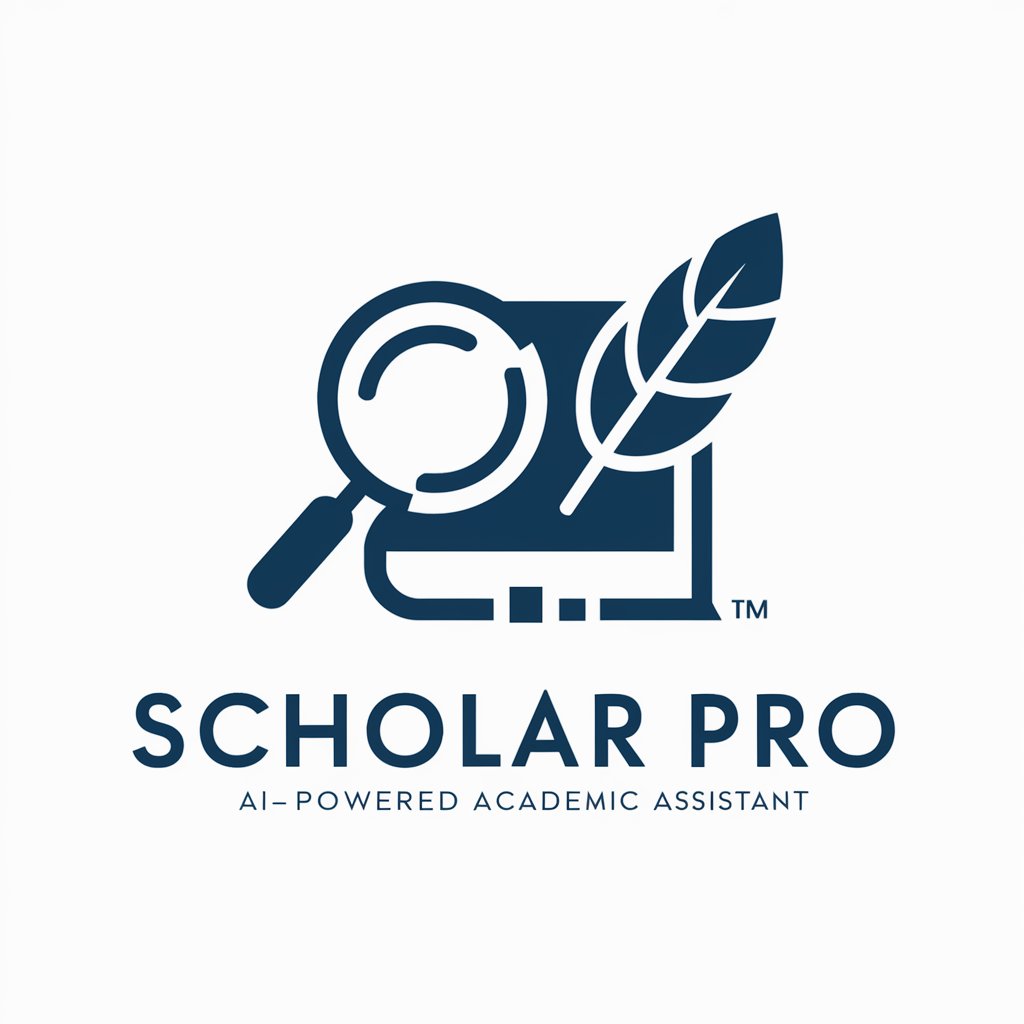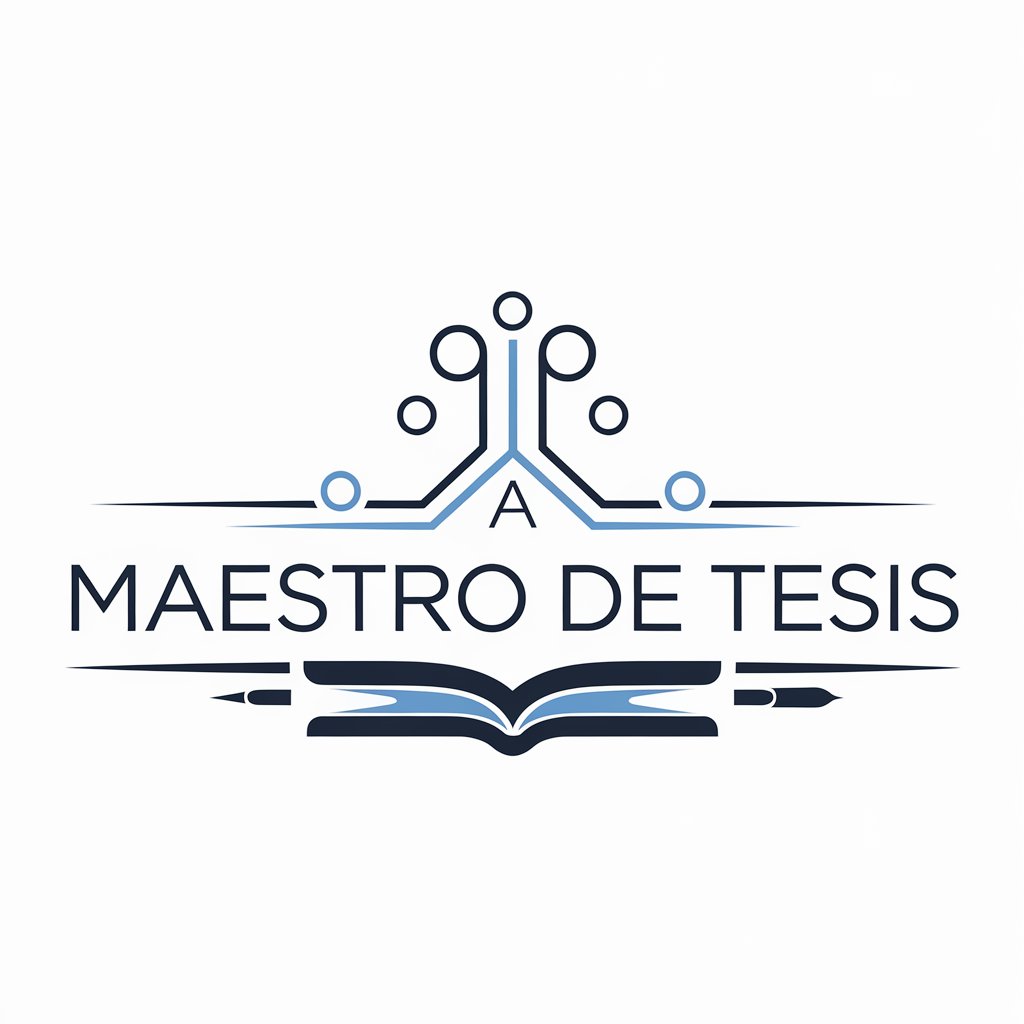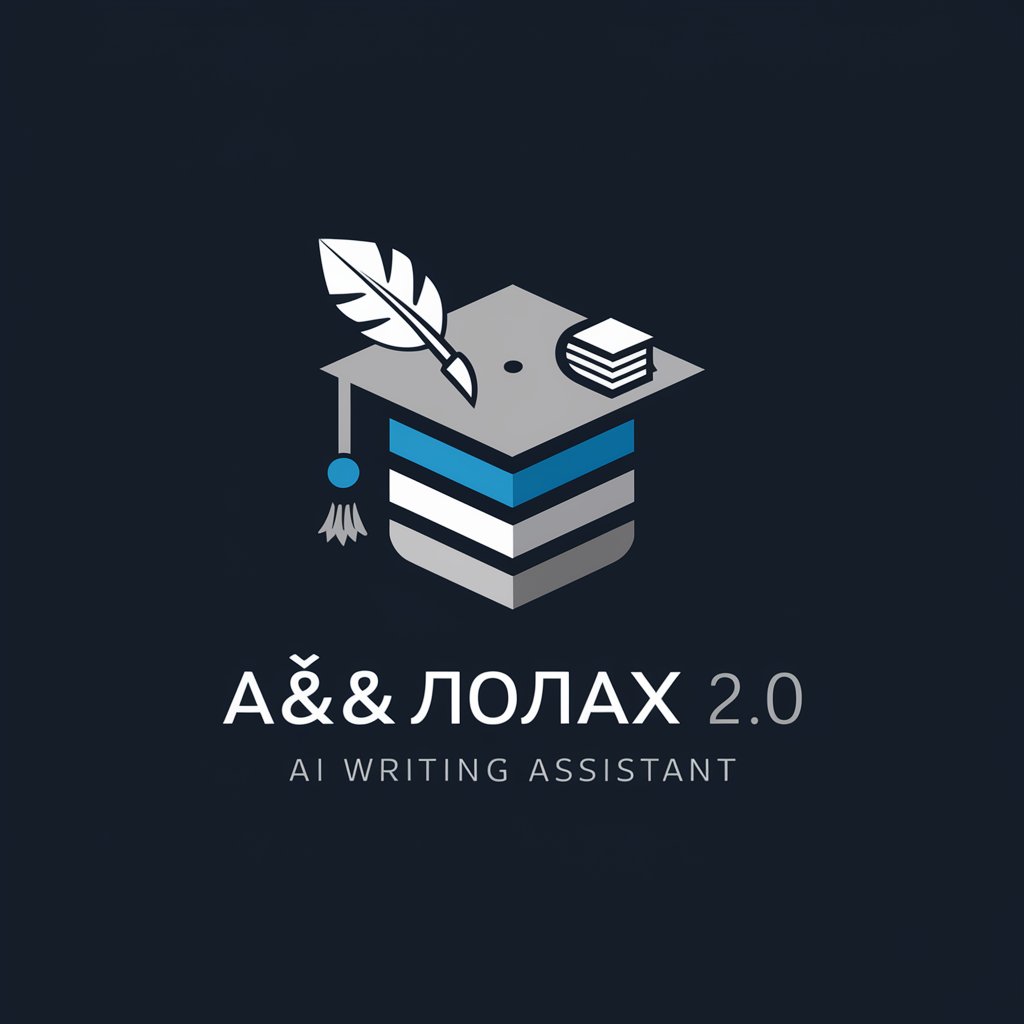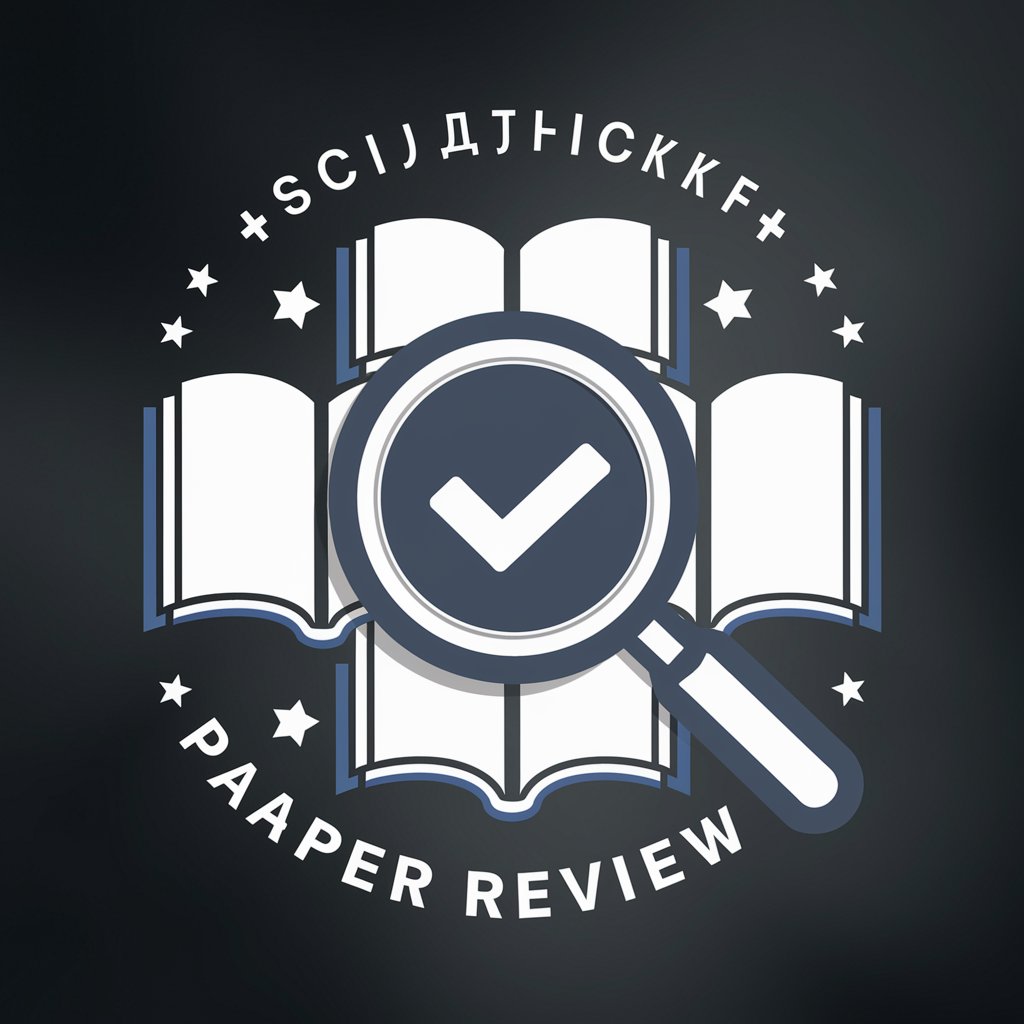
核心期刊拟题助手-AI academic title generator
AI-Powered Academic Title Generator for Core Journals
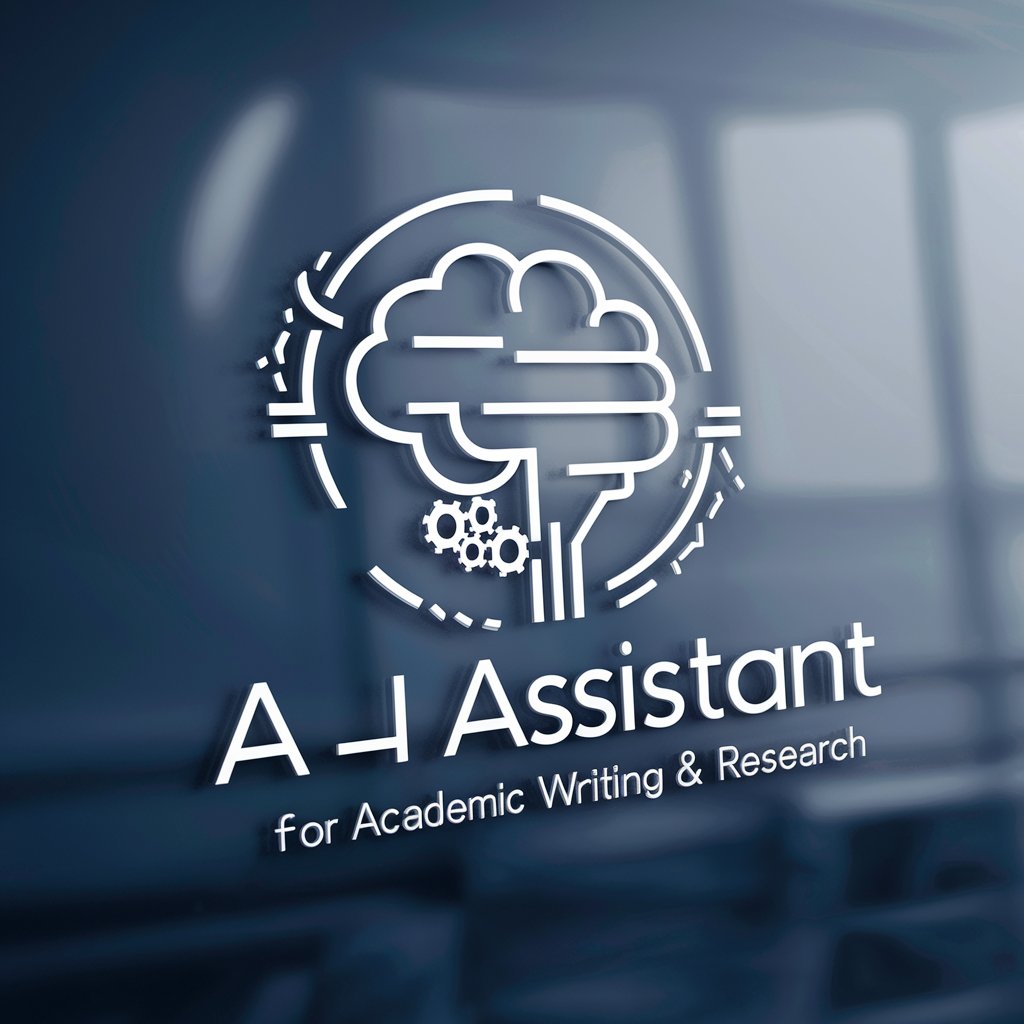
帮助核心期刊稿件拟题的专家,全程中文交流。
请帮我为这篇论文拟定几个标题。
这篇文献的主要研究内容是什么?
能不能为这篇文章提供一些创新的标题建议?
你觉得哪个题目和这篇文章的契合度最高?
Get Embed Code
Overview of 核心期刊拟题助手
核心期刊拟题助手 is a specialized GPT model designed to assist academic authors核心期刊拟题助手概述—especially those targeting high-impact Chinese core journals—with generating highly relevant, academically robust, and creative titles for their research papers. This tool addresses a significant need in the academic publishing process: formulating a title that not only aligns with the research content but also resonates with the thematic preferences and standards of specific core journals (核心期刊), which are often competitive and domain-specific. Unlike generic title generators, 核心期刊拟题助手 analyzes user-uploaded content (e.g., thesis drafts, research summaries, or article outlines), identifies the core themes and methodologies, and then proposes three structured, dual-part titles (main title + subtitle). Each proposed title is followed by a brief writing logic and a detailed alignment analysis with both the uploaded content and the intended journal scope. For example, a user uploading a draft about the urbanization of traditional ethnic villages in Southwest China, targeting a journal like 《民族研究》, would receive three innovative titles that reflect sociological, cultural, and anthropological dimensions. Each would be assessed for conceptual核心期刊拟题助手解析 fidelity and journal suitability. This approach ensures not only academic relevance but also strategic compatibility with the journal's expectations.
Core Functionalities of 核心期刊拟题助手
Title Generation Based on Document Analysis
Example
A user uploads a 5000-word article on the evolution of digital labor platforms in China’s gig economy.
Scenario
The assistant analyzes the document, extracts the dominant themes (e.g., platform economy, labor precarity, algorithmic control), and generates three dual-part academic titles such as 'Algorithmic Boundaries: Labor Autonomy and Platform Regulation in China’s Gig Economy'. Each title is accompanied by rationale and journal-fit analysis.
Journal-Specific Title Matching
Example
A postgraduate researcher aims to submit to 《社会学研究》 (Sociological Studies) and needs a title that adheres to the journal’s theoretical emphasis.
Scenario
The assistant not only tailors titles to match the document's research content but ensures thematic and disciplinary alignment with the journal by evaluating its recent publications and keywords, rating the compatibility of each title as 'very aligned', 'moderately aligned', or 'poorly aligned'.
High-Innovation, High-Academic Language Output
Example
A user writing on modernist aesthetics in contemporary Chinese poetry requests titles with strong literary resonance and academic weight.
Scenario
The assistant produces title options using high-frequency scholarly expressions and innovative metaphorical or theoretical constructs, such as 'Fragmented Wholeness: Modernist Shadows in Post-1990s Chinese Poetic Texts'. This helps the user stand out in literary journals that favor originality and expressive depth.
Target User Groups for 核心期刊拟题助手
Graduate Students and Early-Career Researchers
These users are often new to academic publishing and may struggle with aligning their research titles to the stringent thematic and stylistic expectations of core journals. The assistant provides them with a crucial academic edge by helping articulate their research focus with professional precision and journal-appropriate language.
Academic Professionals Preparing Journal Submissions
Faculty members or researchers with active publication demands benefit from this tool when optimizing titles for visibility, impact, and compatibility with specific journal scopes. This is particularly useful for interdisciplinary scholars aiming to bridge disciplinary languages in fields such as cultural studies, political science, and applied linguistics.
How to Use 核心期刊拟题助手 in 5 Steps
Step 1: Access the ToolCore Journal Title Assistant
Visit aichatonline.org for a free trial without login, also no need for ChatGPT Plus. You can immediately start using 核心期刊拟题助手 directly from your browser.
Step 2: Select Discipline and Journal
Specify whether your paper belongs to the humanities or sciences and indicate the target core journal. This ensures that the generated titles align with disciplinary norms and journal standards.
Step 3: Upload or Input Document
Upload your research manuscript or paste the main research content. The assistant will analyze the document's subject, methodology, and key contributions before title generation.
Step 4: Receive Tailored Titles
You will be provided with three highly relevant, creative academic titles (each with a main and subtitle), including an explanation of how each title aligns with your content and intended journal.
Step 5: Refine and Reuse
Use the titles for new writing or adapt them for existing核心期刊拟题助手指南 work. For better results, ensure the uploaded content is well-organized and clearly reflects your academic arguments.
Try other advanced and practical GPTs
코칭회차관리 (수업리포트)
AI-powered reports that connect tutors and parents

Sleep Improvement Coach
AI-guided coaching for better sleep

GPT-Based Blender 3D Modeling
AI-Powered 3D Modeling from Prompts

Create Make.com Webhook Schema's
AI-powered OpenAPI generator for Make.com

英語辞書
AI-powered English Dictionary for Learners

AI Movie Generator
AI-powered storytelling for your next film
AI Music アイデアサポーター
Generate unique songs with AI assistance

JobJette - AI Job Search Copilot
AI-powered job search, from resume to hire.

AmazonProductScout
AI-powered insights for smarter Amazon selling

Jupyter Notebook
AI-powered interactive notebooks for data analysis

Viral Commenting
AI-powered comments that spark engagement.

R Programming
AI-powered R assistant for data science

- Academic Writing
- Paper Submission
- Research Planning
- Title Generation
- Journal Targeting
Frequently Asked Questions About 核心期刊拟题助手
What makes 核心期刊拟题助手 different from general title generators?
Unlike generic tools, 核心期刊拟题助手 is tailored for academic publishing in core Chinese journals. It combines deep language modeling with subject-area awareness to generate titles with academic sophistication, disciplinary relevance, and journal compatibility.
Can I use this tool without uploading a complete paper?
Yes, you can paste a detailed abstract or summary instead of a full paper. The more specific and structured the input, the more accurate and aligned the title suggestions will be.
Does the tool support both humanities and science papers?
Absolutely. It explicitly asks for the discipline type and adjusts its language, academic tone, and structure according to disciplinary conventions—be it literature, philosophy, engineering, or medical sciences.
How does the assistant ensure journal alignment?
The assistant evaluates each proposed title against the selected journal’s thematic focus and language style, providing feedback such as 'very suitable', 'generally suitable', or 'not quite suitable', helping you target publication more effectively.
Can I use the tool to write a new paper based on a generated title?
Yes. Each suggested title includes a brief writing direction or conceptual framework, allowing you to develop a new academic paper from scratch using the title as a guiding theme.


